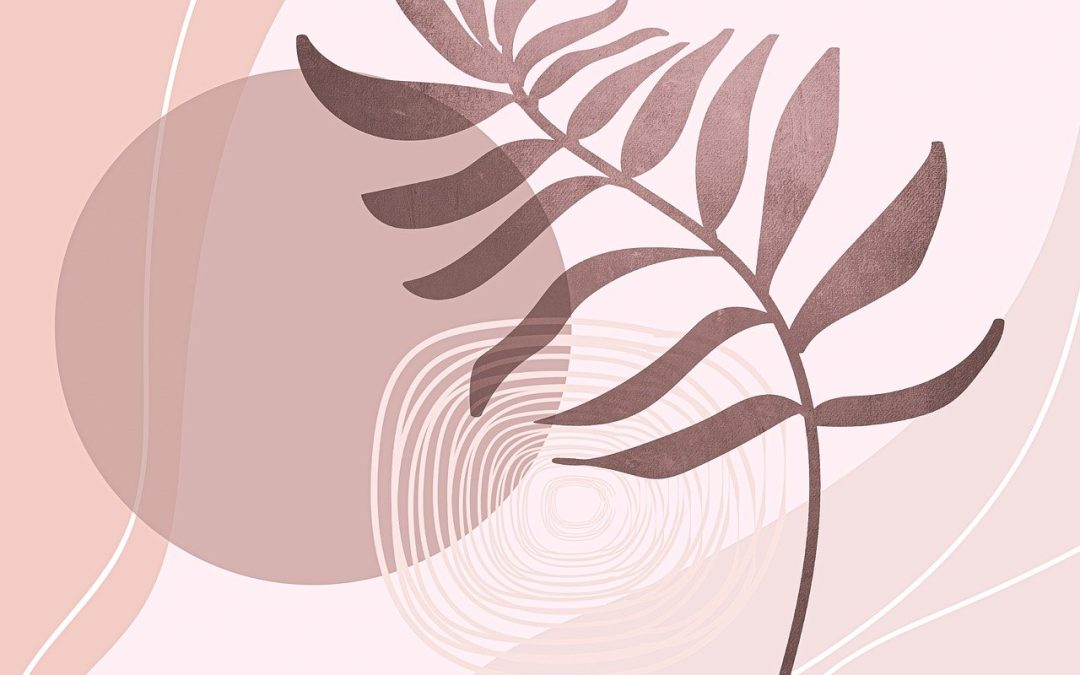
Potential Future Trends in Art: Expanding Perspectives and Redefining Identity
Art has always been a powerful medium for exploring and challenging societal norms, and the exhibition “Vital Signs” at MoMA showcases the continued relevance of this pursuit. With over 100 works by artists who question the concept of individual identity within a larger society, the exhibition not only offers fresh perspectives on celebrated artists but also introduces new voices to the conversation. As we look to the future, there are several potential trends in the art industry that are highlighted by this exhibition.
1. Breaking Gender and Identity Barriers
One of the key themes in “Vital Signs” is the exploration of socially sustained categories such as gender, race, and sexual identity. Women and gender-expansive artists have played a significant role in this exploration, and it is likely that the art industry will continue to see a rise in diverse voices challenging traditional norms. Artists like Frida Kahlo and Ana Mendieta have paved the way for future generations to express their identities authentically and unapologetically. This trend will likely lead to a greater emphasis on inclusivity and diversity within the art world, as artists from marginalized communities have the opportunity to share their unique perspectives.
2. Playful and Interactive Art
Some of the artists featured in “Vital Signs” explore how we project, distort, and create identities through acts of play and empathy. This trend towards interactive and participatory art is likely to continue in the future, as artists seek to engage and connect with their audience on a deeper level. The boundaries between the artist and the viewer will blur, and art will become a more immersive experience. This could manifest in various forms, from virtual reality experiences to interactive installations that invite the viewer to become an active participant.
3. Exploring the Body, both Real and Imagined
Another trend that emerges from “Vital Signs” is the focus on the body, both real and imagined. Artists delve into the complexities of the human form, exploring its interior and exterior. This trend will likely continue as artists grapple with existential questions and seek to understand the boundaries of the human experience. With advancements in technology, we may see artists incorporating new mediums such as bio-art and genetic manipulation to challenge traditional notions of the body.
4. Environmental Consciousness
The exhibition also highlights newly imagined combinations of the human and the non-human, suggesting a trend towards environmental consciousness in art. As we face an era of climate change and ecological crisis, artists will likely respond by incorporating environmental themes into their work. This could manifest as installations that depict the impact of human activity on the natural world or sculptures made from recycled materials. Art has the power to raise awareness and provoke action, and artists will play a crucial role in bringing attention to environmental issues.
Predictions and Recommendations for the Art Industry
Based on the themes presented in “Vital Signs” and the potential future trends outlined above, it is clear that the art industry is poised for exciting and transformative changes. To adapt and thrive in this evolving landscape, several recommendations can be made:
- Support and amplify marginalized voices: The art industry must actively seek out and promote artists from diverse backgrounds. This includes providing exhibition opportunities, funding, and platforms for underrepresented communities.
- Embrace technology: As technology continues to advance, artists should embrace new mediums and tools to expand their artistic expressions. Virtual reality, augmented reality, and digital art are just some examples of the potential that technology holds for the industry.
- Foster collaboration: Encouraging collaboration between artists from different disciplines and backgrounds can lead to innovative and boundary-pushing work. Creating spaces and platforms for interdisciplinary collaborations will be essential for the growth and evolution of the art industry.
- Engage with the community: Artists should strive to connect with their audience on a personal level. Engaging with the community through workshops, interactive installations, and public art projects will create a deeper sense of connection and relevance.
- Prioritize sustainability: As environmental consciousness becomes increasingly important, artists and institutions should strive to reduce their carbon footprint and incorporate sustainable practices into their creative processes and exhibitions.
The potential future trends in the art industry offer a glimpse into an exciting and transformative future. By embracing diversity, exploring new mediums, fostering collaboration, engaging with the community, and prioritizing sustainability, the art industry can pave the way for meaningful and impactful artistic expressions.
References:
Claude Cahun: https://www.theartstory.org/artist/cahun-claude/
MoMA “Vital Signs” Exhibition: https://www.moma.org/calendar/exhibitions/5127
Frida Kahlo: https://www.fridakahlo.org/
Ana Mendieta: https://www.ana-mendieta.com/
